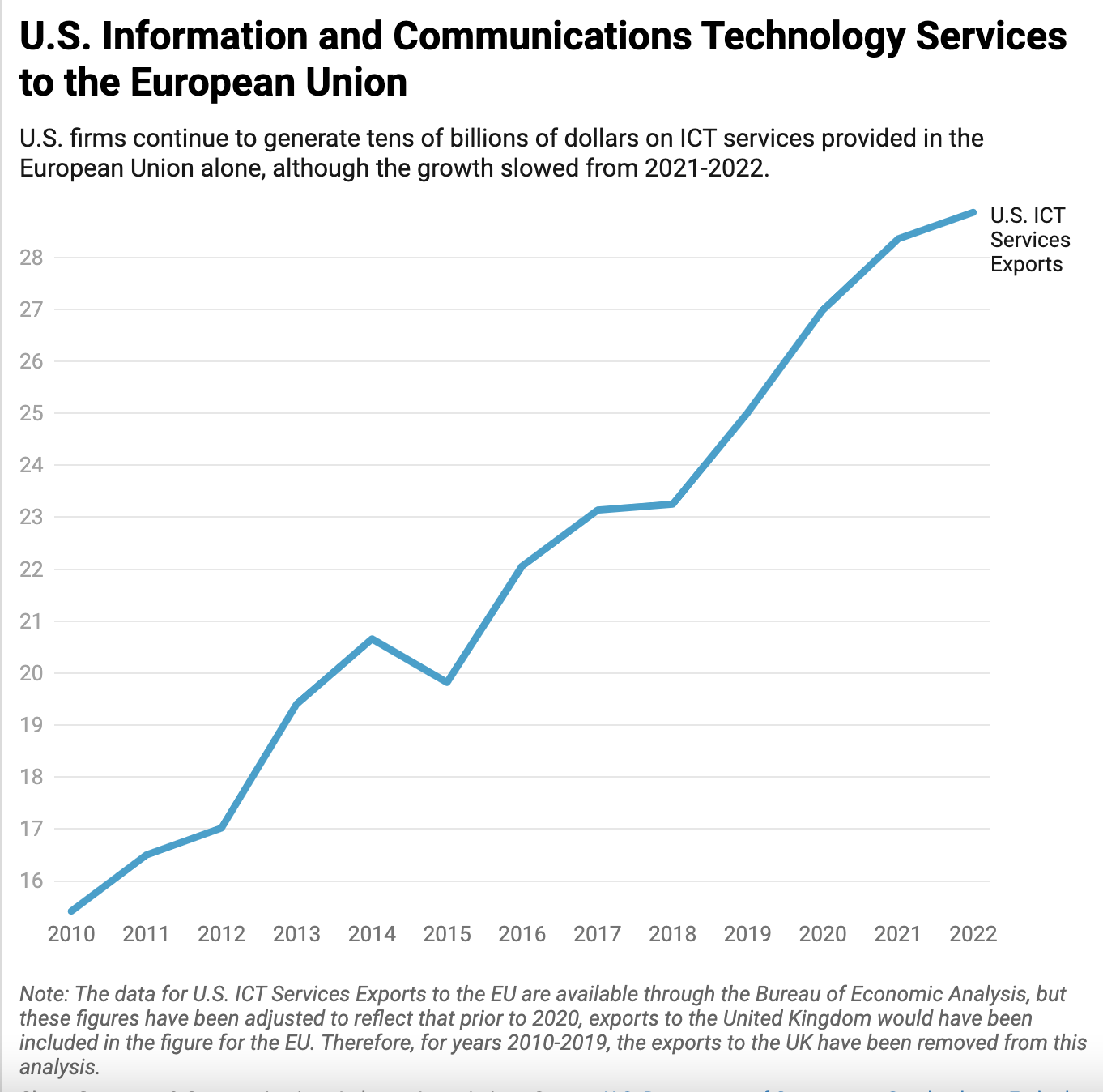Using Digital Tools for Remote Work and Instruction

*Updated to reflect new information
As the public health risks of the COVID-19 coronavirus have become more apparent, the world is turning to technology services to practice social distancing while maintaining business and educational continuity. To respond to the crisis, technology and communications services providers have been offering free or flexible services to users, many of whom may be encountering extended telework and remote education for the first time.
Just today, FCC Chairman Ajit Pai and a number of telecommunications providers announced a “Keep America Connected Pledge” to maintain services, waive fees, and open WiFi points. Yesterday, AT&T made a related commitment to waive the broadband usage cap for users, and Comcast promised to provide new customers its ‘Internet Essentials’ service free for 60 days, along with free hardware, and to permanently increase base speeds for new and existing customers.
Broadband is only one piece of the equation, however. Assuming one has connectivity, there’s still a great deal of functionality required to keep businesses and educators operating in times of emergency. In my capacity as an executive of an association with geographically distributed staff, and as a part-time educator, I have used a variety of online tools for remote work and remote instruction. A number of those are now free or liberalized in response to the pandemic. This post surveys some of those offerings.
Team Communication & Tools for Remote Collaboration
Google and Microsoft were among the leaders in responding to the crisis, announcing on March 3 that premium services would be free for several months. Google has offered free access to “advanced” features for Hangouts Meet to all G Suite and G Suite for Education customers globally through July 1st. Users can host meetings with 250 participants, livestream with 100,000 viewers, record and save meetings to Google Drive.
Microsoft is also offering a free six-month trial globally for a premium tier of Microsoft Teams. Additionally, Microsoft has updated the free version of Teams to lift restrictions on how many users can be part of a team and allow users to schedule video calls and conferences.
More Video Conferencing Options
In addition to the services from Google and Microsoft, available video conferencing services include the following:
LogMeIn and GoToMeeting are offering free emergency remote work kits for health care providers, educational institutions, municipalities & non-profit organizations for 3 months to both GoToMeeting and LogMeIn customers. Additionally, LogMeIn customers can expand their agreements to include LogMeIn and GoToMeeting tools to cover their entire employee population for up to three months at no additional cost to their current subscription.
Zoom has lifted time limits on its video calls for its free Meetings license in China, as well as for schools in Japan, Italy, and the US. Cisco-owned Webex is expanding capabilities of the free Webex account with unlimited usage, up to 100 participants, and offering toll dial-in. The Bluejeans videoconferencing service is also offering free access to first responders and public health NGOs for at least 3 months.
*Since the time of publishing this post, Zoom has additionally removed the time limit on video calls for any K-12 schools affected in Japan, Italy, and the United States.
Online Education Tools
As an adjunct professor, I’ve long relied on digital tools to meet pedagogical goals, and successfully used a number of the videoconferencing services to maintain instructional continuity during emergencies. The good news is that many tools that are highly useful to educators already are free. Skype in the Classroom is a great tool for remote instruction, and with Google Sites and Docs being available to anyone with a free Google account, I moved my syllabus and assignments online over a decade ago and never looked back. A virtual syllabus also lets you kick pricey textbooks to the curb, something my students always appreciated.
This is only the tip of the iceberg, however. The Facebook group “Amazing Educational Resources” has compiled a public Google sheet of over 100 companies offering some manner of resources to educators or parents which are always free, or which have been offered free for a period of time.
The ‘household names’ of distance ed have also taken action to maintain the availability of education during the crisis. For example, Coursera is offering up to 5,000 students per university affected by the outbreak free access to their catalogue through “Coursera for Campus” through September. LinkedIn Learning, (formerly Lynda.com) made 16 learning courses available for free. The courses cover staying productive, building relationships when you’re not face-to-face, and ㅡ perhaps most useful at the moment ㅡusing virtual meeting tools like Microsoft Teams, Skype, BlueJeans, Cisco Webex, and Zoom.
Ultimately, nothing quite replaces working side-by-side with your team, or being able to read the room as to whether your students actually got it. Human contact is important, which is why (ironically) some encouraged a ‘National Day of Unplugging’ just a week ago. All else equal, there’s much to be said for collaborating and communicating in person. At the moment, however, all else isn’t equal. The good news is that businesses and educators have more resources available than ever to keep their institutions going.








